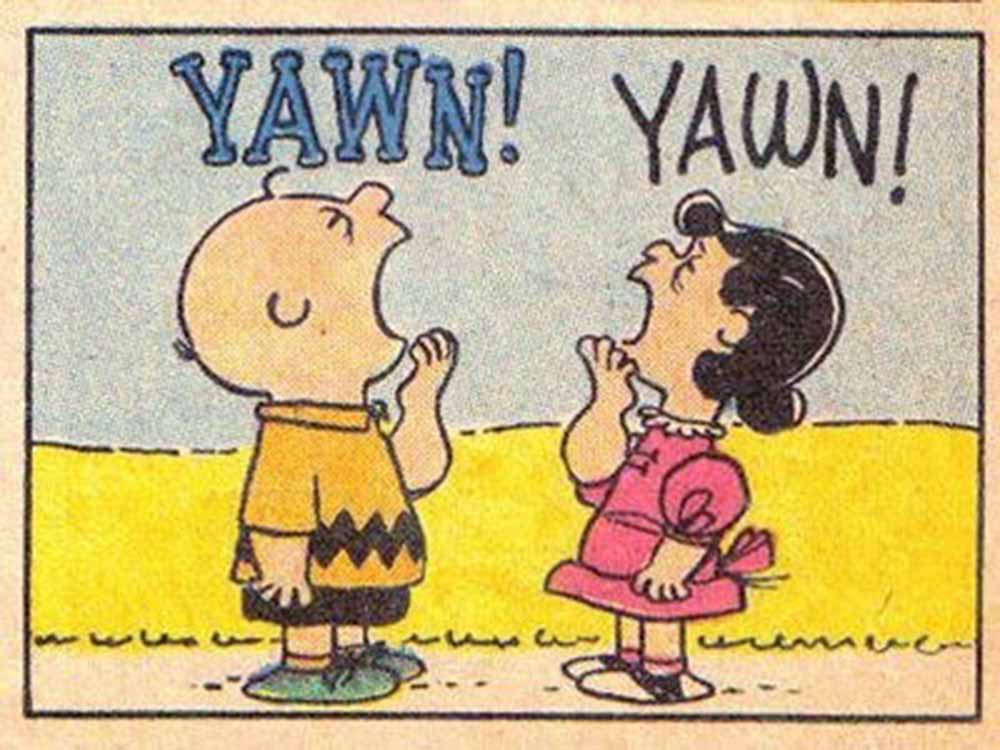There’s a high possibility that you may have already begun yawning while reading this sentence. There’s something mysteriously funny about yawning, just reading the word can make you open your mouth wide open, squint your eyes and take a deep breath before a quick exhale!
Science hasn’t made much headway on why we yawn the way we do, even though it is a cliched action in our everyday lives. Are you attempting to let someone know that it’s time for bed? Give a big, fake yawn. Disinterested in a conversational topic? Here comes that unnecessary yawn again.
On the other hand, yawning is an odd occurrence when you stop to think about it. If you’ve ever seen someone yawn and found the immediate urge to yawn alongside them, you may have wondered if yawning is contagious. Yes, there is such a thing as contagious yawning in highly gregarious species, including humans. So, a single yawn can initiate a chain event!
Here are some fascinating facts about yawning!

The ripple effect: We’re aware that yawning is contagious. You may be surprised to learn that yawning may spread just as easily whether someone is standing straight up, facing sideways, or upside down. When one yawns, the ripple effect takes places regardless of the spatial coordinates of another person’s mouth.

Even a fetus can yawn: Researchers have found that a human fetus can yawn during the first trimester in the womb. The reason is still unknown. A 2012 analysis of 4D scans was able to differentiate between a growing baby opening its mouth and a ‘non-yawn mouth opening,’ despite the fact that academics had previously contested imaging of open-mouth fetuses.

Yawning is not limited to humans: Humans are not the only species gifted with this underrated action. Other species that have been observed to yawn include pigs, monkeys, crocodiles, snakes, and certain types of fish.

Catching a yawn: A yawn won’t just be passed on to you by anyone! Researchers discovered that the closer you are to someone genetically or emotionally, the more likely it is that you'll 'catch' their yawn.
Try this at home: The universal time span of a yawn is for an average of about six seconds. No half-yawns occur, either you yawn completely or you’re engaged in some other activity. The jaws opening is a part of the yawning mechanism. A yawn cannot be stopped by clenching your teeth. Try your best to take a regular breath while clenching your teeth whenever you get the urge to yawn.
Image source: Wordpress, Wikimedia, psu.edu, Wixstatic